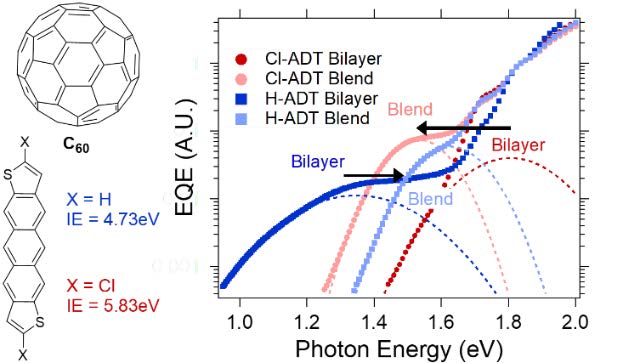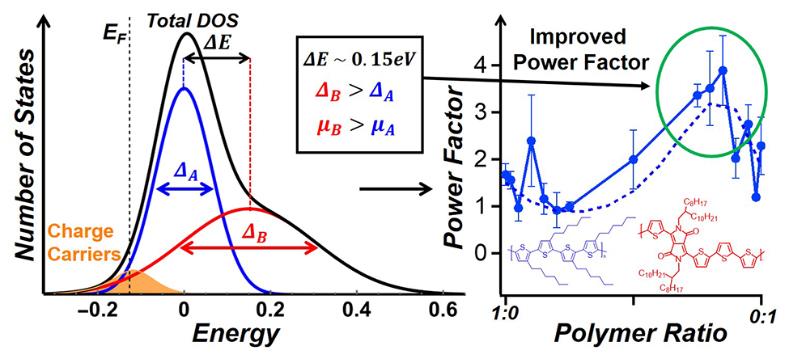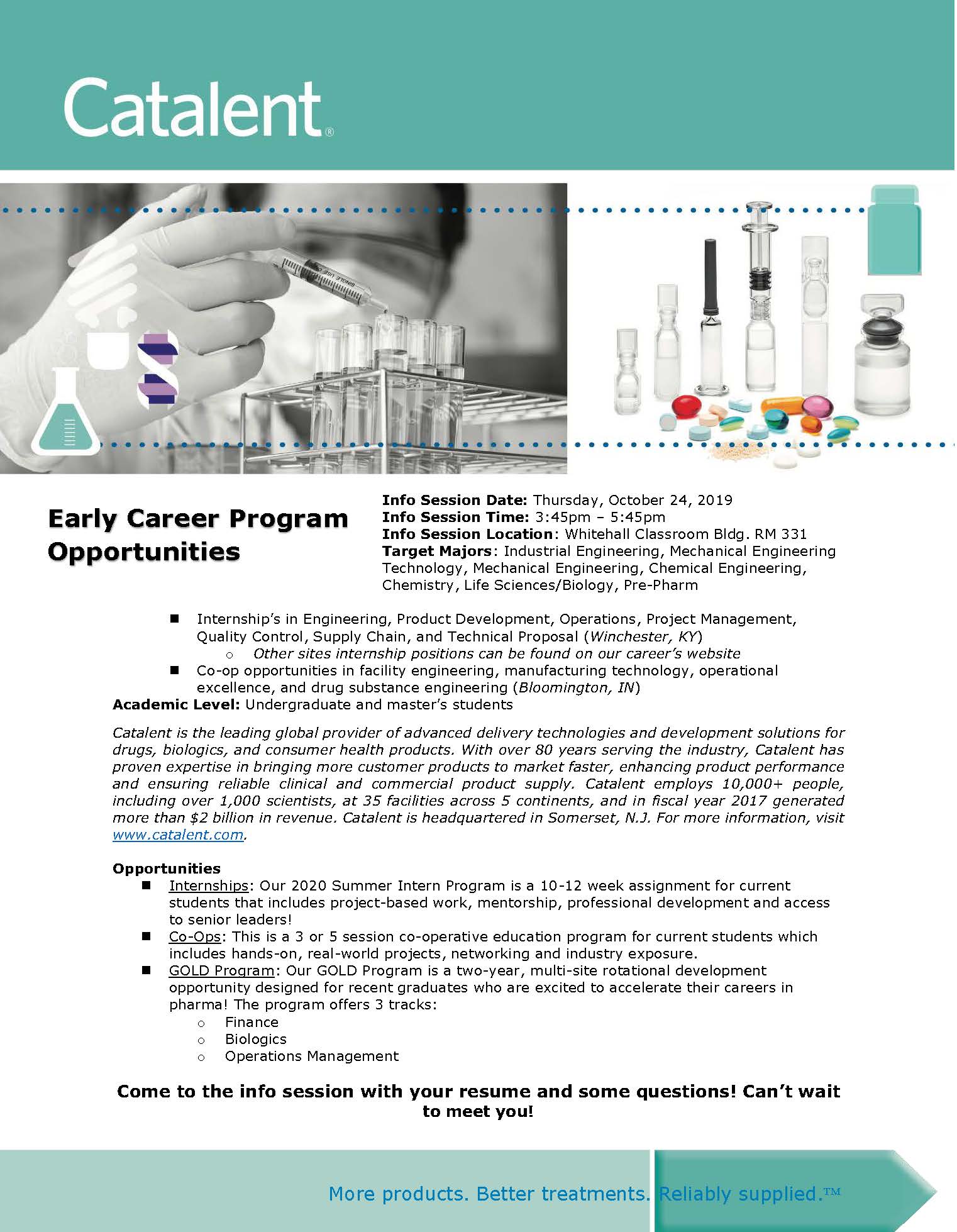Design, synthesis, and anticancer properties of Ru(II) complexes with organometallic, “expanded” bipyridine, and O,O’-chelating ligands
Abstract: Cancer is a worldwide public health crisis that requires new and improved drugs to be developed to extend survival rates and improve the quality of life for the patient. Platinum-based drugs are used in approximately 50% of cancer treatment regimens. These drugs are highly effective in many kinds of cancer; however, cancers can develop platinum resistance and these drugs have troubling side effects that reduced their use and efficacy. To overcome these disadvantages, many other metals have been studied for their anticancer properties. Notably, the anticancer properties of ruthenium-based agents have drawn considerable attention with multiple ruthenium complexes entering clinical trials. Unlike platinum complexes, which are flat (square planar), ruthenium compounds can adapt a multitude of 3D structures, which leads to many possible mechanisms of actions.
One of the most promising applications of ruthenium(II) complexes is their ability to act as photodynamic therapy (PDT) and photoactivated chemotherapy (PACT) agents. Both of these methodologies use light to “turn on” a non-toxic light-sensitive drug to form highly cytotoxic species that can kill cancer cells. These methods are appealing as they present a way to control the cytotoxic species to spatially isolated regions of the body. This control can reduce damage to healthy cells and reduce harmful side effects. Ruthenium(II) polypyridyl complexes are especially well suited for these applications as they have highly tunable excited states that can be tuned with careful ligand modification and selection.
Ruthenium complexes have also shown great promise as non-light-activated anticancer drugs. The coordination of small pharmacologically active molecules to ruthenium(II) polypyridyl complex is one promising method to develop potential ruthenium-based drugs. This strategy aims to create drugs that are greater than the sum of their parts by achieving synergistic mechanisms of action not achievable with either component individually.
Here we report on the synthesis and anticancer properties of Ru(II) complexes designed for PDT, PACT, and light-independent anticancer mechanisms. Highly potent lead compounds are identified and explored for PDT and light-independent anticancer applications. These lead compounds incorporated organometallic ligands with ruthenium(II) polypyridyl scaffolds to modulate their excited-state properties to produce improved PDT agents. The integration of O,O-chelating ligands into various ruthenium(II) scaffolds produced a range of complexes suitable for PDT, PACT, and light-independent mechanisms. Notably, the majority of these complexes possessed low submicromolar potency and low in vivo toxicity. Our results presented here show multiple new strategies for making new ruthenium(II) anticancer agents. These new methods have promising implications for bioinorganic research because they further expand our understanding of how to use ruthenium(II) complexes for biological applications.




